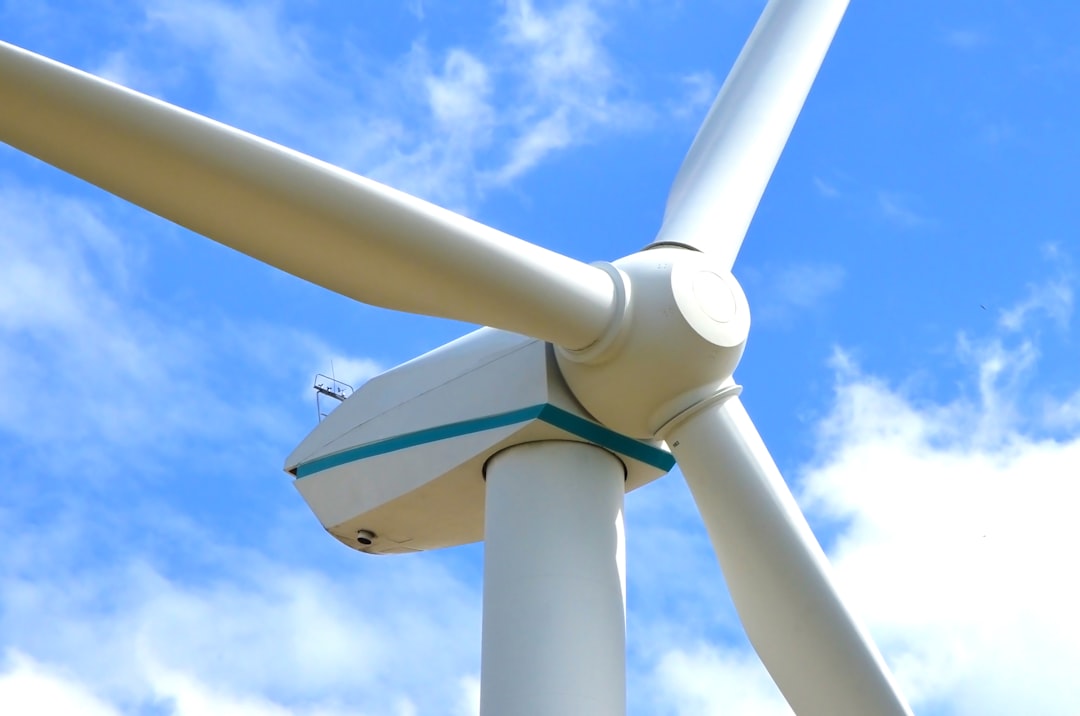What is it about?
Lipid reserves, both visually assessed and measured by Nile Red fluorescence, correlated positively with phytoplankton density. In laboratory experiments the RNA:DNA ratio responded to starvation and temperature in non-reproducing, lowlipid storage females, but not in individualswith developed ovaries or high lipid storage. This indicates that, unlike many other zooplankton crustaceans, E. baikalensis uses resource storage to support current reproduction, which buffers the dependency ofmetabolic rate on current feeding conditions.We discuss possible effects of such buffering on E. baikalensis competition with non-endemic, largely income-feeding zooplankton species whose frequency is currently increasing in Baikal pelagia.
Featured Image
Why is it important?
Lake Baikal (Siberia, Russia) is the oldest, the deepest and the most voluminous lake on Earth. During the last century, Baikal has experienced gradual increases in temperature but remains highly oligotrophic with increases in primary productivity limited to thewarmest parts of the lake. Usingwhole body RNA:DNA ratio as an indicator of metabolic rate, we demonstrate that the key primary consumer in Baikal's plankton, Epischura baikalensis (Copepoda: Calanoida), is a capital breeder that relies on lipid storage to maintain productivity. In individuals from nature, the RNA:DNA ratio correlated with lipid content in samples from cold, low phytoplankton density locations from Baikal's North and Central basins, but not in samples from warmer South basin and Maloe More strait.
Perspectives
The goal of this study is to compare E. baikalensis from the warmer, less oligotrophic regions (South basin and Maloe More) with those from colder, highly oligotrophic regions (North and Central basins) with respect to the possible buffering effect of lipid reserves on productivity asmeasured by RNA:DNA ratio.We further test the observed relationships in starvation and temperature experiments under laboratory conditions.
Professor Eugene A. Silow
Irkutskij gosudarstvennyj universitet
Read the Original
This page is a summary of: A capital breeder in a heterogeneous environment: Lipid reserves and RNA:DNA ratio in Lake Baikal's endemic Epischura, Journal of Great Lakes Research, April 2017, Elsevier,
DOI: 10.1016/j.jglr.2017.01.010.
You can read the full text:
Contributors
The following have contributed to this page










